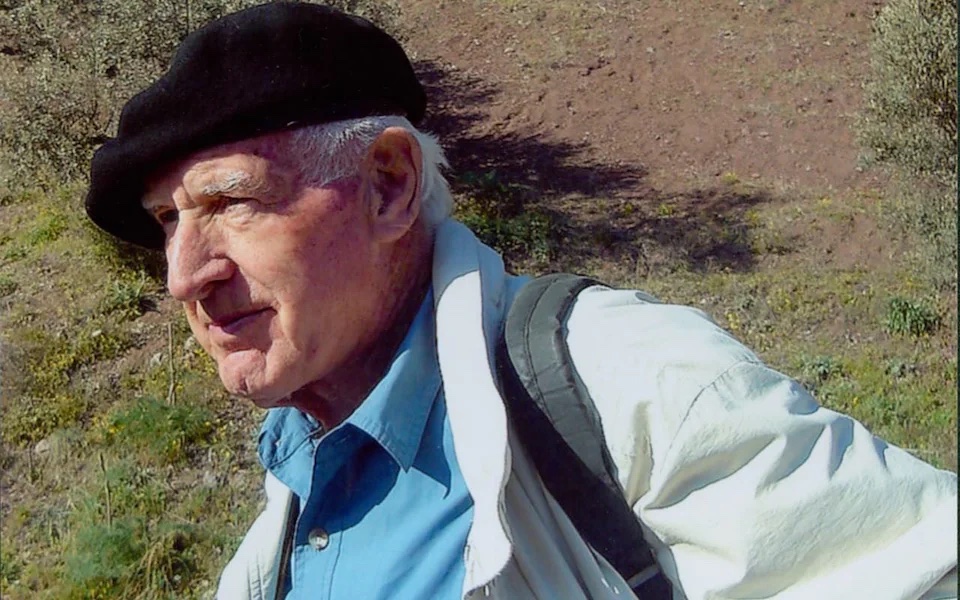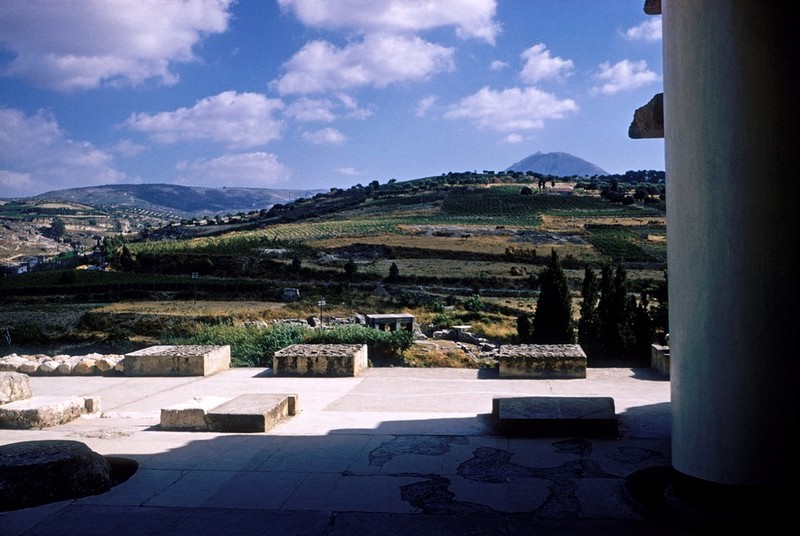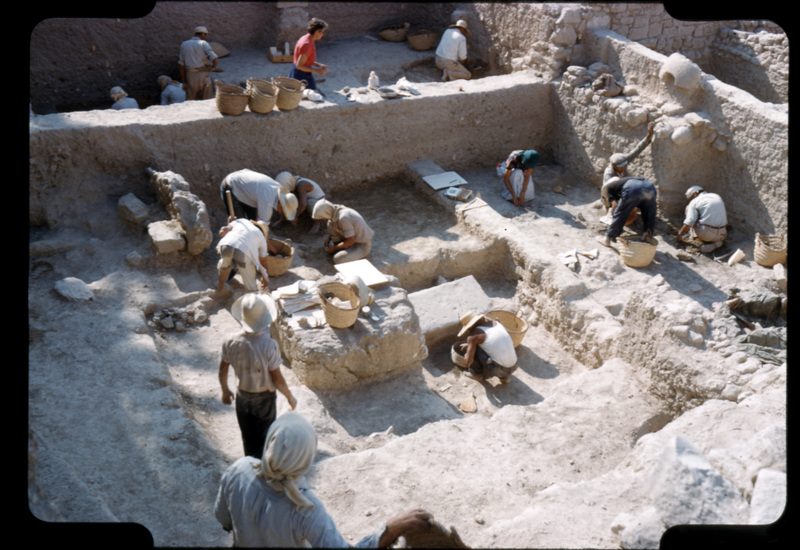Through the Eyes of Hugh Sackett

Leyland Hugh Sackett, known as L. Hugh Sackett, was widely renowned for his archeological talents that spanned his six-decade career. Sackett’s work garnered him a legacy not only as an archeologist but also as a teacher and classicist. Sackett worked very closely with the British School of Athens throughout his career where his excavation tactics were noted as both diachronic and precise. Scholars widely debate which of the excavations he led might was the most significant given the profound effect that so many of his digs have had on our modern knowledge of ancient Greek life.
Some of his more notable work includes the excavation of Lefkandi in Euboea which included discoveries from the Iron Age, or Dark Age, such as the Centaur from Lefkandi. Additionally, his work in Palaikastro in East Crete, from which we get the Palaikastro Kouros, has shaped our current perception of ancient Minoan Crete. These artifacts and their impact are prime examples of the effects that Sackett’s work has had on Greek scholarship.
The lasting impacts of his work can be seen on a more personal, academic level as well. Sackett published prolifically his whole career and as such was awarded the Archaeological Institute of America’s: Gold Medal for Distinguished Archaeological Achievement, and he has been the only schoolteacher to receive such an award. Additionally, he taught at the Groton School in Massachusetts for an impressive sixty-three years, where he impacted the lives of many young minds. His teachings in the field of classics and archaeology through Groton inspired many to go on to pursue such work themselves, including Sean Hemingway ‘85, the head of Greek and Roman Art at the Metropolitan Museum of Art and Jennifer Stager ’96, professor of art history at Johns Hopkins.
Posthumously, Hugh Sackett generously donated a collection of over two-hundred photographic slides to Rhodes College in Memphis, Tennessee. These photographs from the late 1950s all the way through 1980 give direct insights into the life of this renowned scholar and his archaeological exploration of Greece. The images include his own digs, geographic documentation of areas he excavated, and notably his work with colleagues Joseph and Maria Shaw.
Joseph and Maria Shaw’s work, particularly their work with Hugh Sackett, has revolutionized our current knowledge of the Aegean Bronze Age. Together they worked on excavating the site Kommos “the seaport of Minoan Phaistos and Hagia Triadha” exhibited in photos taken by Sackett in this collection. An exploration of Sackett's famed findings and work with the Shaws creates a holistic picture of the lasting legacy of Hugh Sackett's achievements.


Olivia Lane '22